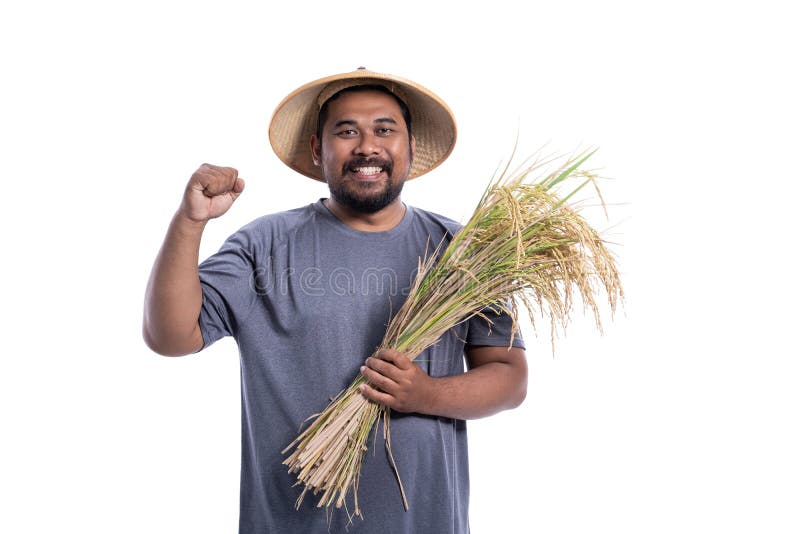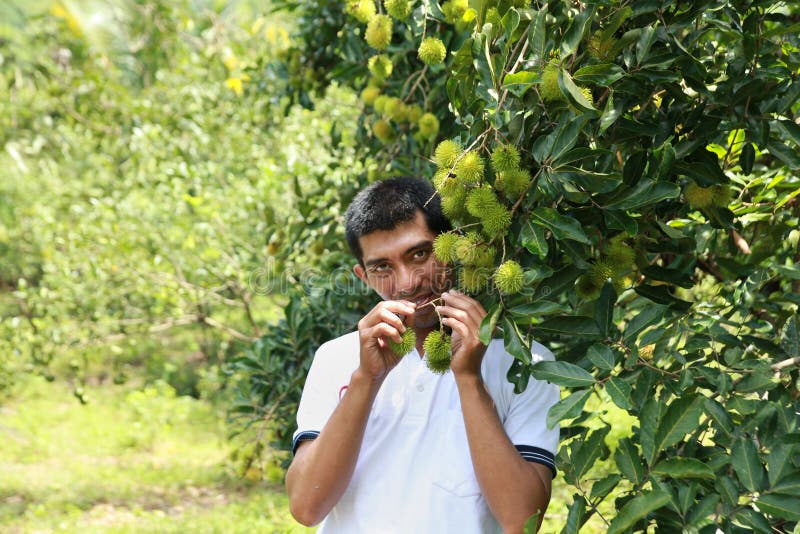


Their Bokashi Compost starter kit had everything needed to get started and was ready to use right out of the box. I went with a company called SCD Probiotics, who specialize in all sorts of probiotic products. I simply found the starter kit that seemed like the best value, had good reviews, and seemed easy to set up to get started. Right off the bat I just want to say I have no affiliation with this particular company. Not that it seems too difficult to build a Bokashi Composter, but I could just see it start leaking or for some reason not being air-tight and screwing up the process, so I decided not to take any chances with my first experience. But once I factored in the materials required, the Bokashi microbes, and the time it would take to build it, I decided it would probably be worth it to spend $50 on a pre-built Bokashi starter kit. While doing my research, I contemplated building a Bokashi Composter. Bokashi composting is an anaerobic process which requires an air-tight container and and special microbes, called Bokashi, which actually ferment food scraps and break them down into nutrient-rich byproducts.īecause active microbes are used in the process, other food scraps which are typically non-compostable can actually be composted pretty easily with Bokashi. Along with greens and browns, Lopez says compost also needs oxygen and water to keep the organisms that break down your food alive and well.
HAPPY FARMER BOKASHI HOW TO
While traditional composting is an aerobic process, meaning it requires air to break down organic materials, Bokashi composting is quite the opposite. Happy farmer bokashi composting kit how to Next is carbon, or what we call ‘browns.’ Browns include mulch, dried leaves, sawdust, newspaper clippings and brown paper towels and bags. What is Bokashi Composting?īokashi composting is a relatively new composting method developed in Japan in the early 1980s, though there are similar processes have been utilized for centuries in other countries, especially Korea. So today, I’m going to open up my new Bokashi composter and take a look at all the components that this starter kit comes with. But what about meats, bones, and dairy? After a little research, I learned about Bokashi composting as a way to compost these food scraps that you wouldn’t want to compost otherwise. These are great options for organic matter like leaves, fruits, vegetables, and other plant-based material. and to Yovany Munguia.I am a huge proponent of composting, whether it’s traditional outdoor composting or vermicomposting with a worm bin. Hurst, Program Director, Sustainable Harvest International, Apartado 6-8591, El Dorado, Panamá City, Panamá, C.A. You can contact SHI at Thanks also to Jon M. Thanks to Florence Reed, President, Sustainable Harvest International, for permission to reproduce this information. This mixture is turned twice a day for 15 days, then it’s “ready to feed the earth,” according to SHI field staff. 1 pound of a leavening agent (bread yeast) 1 bag (about 25 pounds) of carbon (ash charcoal dust or small pieces of charcoal this may be made from corn husks, etc.)ħ. 1 gallon of molasses, cane juice or cane candyĦ. (If you use chicken manure, you will probably want 40 pounds of manure, as this usually contains the sawdust or rice shucks mentioned in #3, above, already.)ĥ. 20 pounds of some type of manure, such as cow, pig or chicken manure, or fermented coffee grounds. 20 pounds of sawdust, rice shucks or rotten wood (for ventilation)Ĥ. 20 pounds of a nitrogen-rich plant material (such as legume leaves)ģ. Yovany Munguia, country director for SHI’s Honduran affiliate, provided this recipe:Ģ.

“Each one of our different country groups uses a different formula,” he notes. Jon Hurst, program director for SHI, told The MOF&G that bocashi is used to provide nutrients and to add microbial diversity to the soil. “Safe, effective and inexpensive, bocashi is a wonderful alternative to harsh, expensive chemical fertilizers,” says La Cosecha. Bocashi is mixed each morning and night so that it doesn’t become too hot. The yeast becomes active when it contacts the molasses, and fermentation begins. These farmers mix manure, coffee pulp or rice hulls, yeast and molasses with healthy soil. Making bokashi is an ancient art in Japan, with many recipes, often handed down (sometimes along with bokashi starter) through families.Īccording to the Fall 2004 issue of La Cosecha, the publication of Sustainable Harvest International, more than 50 Honduran farm families have seen their crops improve dramatically after adding homemade bocashi to their soil. Bocashi is fermented organic material that has been used traditionally in Japan (where it’s spelled ‘bokashi’) as fertilizer.


 0 kommentar(er)
0 kommentar(er)
